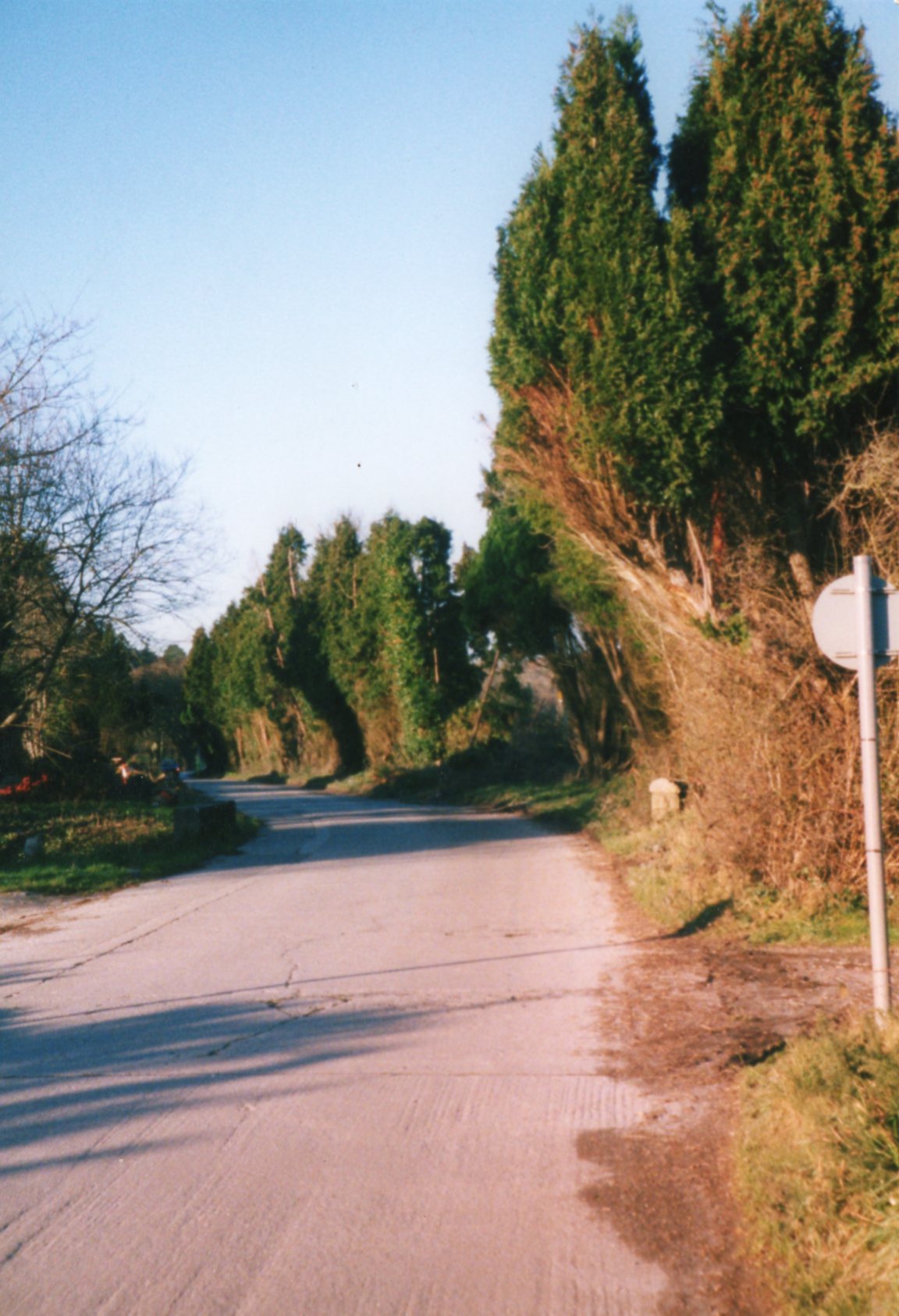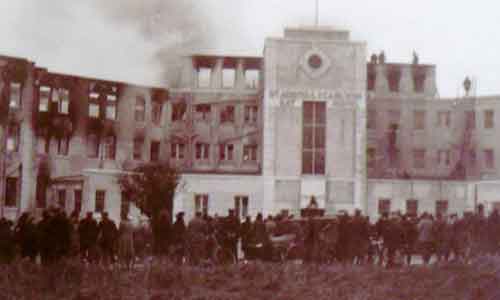





|
|
|
|
|
|

 |
|
 |
|||||||||||||||
|
|
|||||||||||||||||
|
|
||||||||||
nov2011.jpg?908) |
|
Sea Road, Carlyon Bay (western end) |
Sea Road at Carlyon Bay is a private residential road running parallel to the coastline behind and to the west of the beaches at Carlyon Bay. Before 1925, the entire cliff top area now occupied by Sea Road was open fields. Beach Road (at least as far as its junction with the eastern end of Sea Road) had been a highway before 1835 and continued across the open ground occupied now by the golf course and on to Par village. A track from Beach Road led away down to the beach at Crinnis, with a footpath following much the same line as the present South West Coast Path along to the old Appletree Copper Mine and Charlestown to the west and to Spit Point in the east.
CARLYON ESTATE
The land was part of the estate of the Carlyon family, whose family home is Tregrehan House - now owned by their descendant Tom Hudson.
In the 1840s Edward Carlyon created the formal drive to the beach at Crinnis - now known as Cypress Avenue (so called because until 2005 it was lined by cypress conifer trees). He also negotiated the construction of the ornamental bridge with the Cornwall Railway, which is now Grade 2 listed.
 |
|
The Grade 2 listed Brunel rail arch at the eastern end of Sea Road - Cypress Avenue starts on the other side of the arch |
(More on the Brunel railway bridge)
Carlyon Bay Watch has received a fascinating email from Nigel Cheshire, who says there had always been a rumour in his family that his great uncle, Silas Henry Oliver (born in 1887), planted these cypress trees. If anyone else has any more information, we would love to hear from you and we can pass it on to Mr Cheshire. (As a matter of interest - another descendant of Silas Henry Oliver read this and contacted us and we were very happy to put her in touch with Nigel Cheshire.)
 |
|
Cypress Avenue in 2004 before the cypress trees |
CARLYON BAY HOTEL
In 1925, the St Austell Bay Hotel was the first hotel to be built and a short, private access road was constructed from Cypress Avenue to the hotel.
It terminated just west of the hotel building and the short stretch from the junction with Beach Road to the hotel was then the start of Sea Road although now Sea Road starts at the Brunel Railway Arch. When the golf course was built, the stretch of road leading to Par was closed off and all traffic then used Cypress Avenue and the new Par Moor Road.
 |
|
A fire at the St Austell Bay Hotel in 1931 |
The five-star St Austell Bay Hotel (now the Carlyon Bay Hotel) became very popular with the rich and famous, including royalty such as the then Edward, Prince of Wales and his future wife Mrs Wallis Simpson. This photo of a fire at the hotel in 1931 was sent in to us and a local resident remembers her grandfather being affected - he used to supply milk to the hotel from the family farm and the order was cancelled for a while because of the fire. He remembered going to the hotel and seeing furniture being thrown out of the windows to save it from the flames.
FIRST HOUSES
The first house to be built was the bungalow, now known as "Distant Point" (No. 50). It was erected in somewhat mysterious circumstances by a Russian-Pole. It was burned down a year later and the owner took the insurance money and vanished, leaving the property derelict and abandoned. It had no services whatsoever and access was still across fields and over hedges. Mr A.J. Truscott and a friend bought the property, restored it and placed it on the market. Shortly afterwards they went into business as builders under the name of Crinnis Development Corp. Ltd. They then built the Bayfordberry Hotel (now the Cliff Head Hotel opposite the Carlyon Bay Hotel), extending the road as they went. (Bayfordberry was a parliamentary seat in south east Hertfordshire, from where the first owners originated). They continued to build many houses at the eastern end of what is today Sea Road.
nov2011.jpg?908) |
|
Sea Road, Carlyon Bay, eastern end |
By 1929, the Porth Avallen Hotel (then a private house) was built by a Mrs Howell of Lostwithiel towards the western end of the road. With other property development in mind, the road was extended level with the north-western boundary of the house. The Porth Avallen, which became a guest house and then a hotel after the war, was sold as a hotel in about 1960.
The land on which all of these properties was built, including the road area, belonged to the old Carlyon Estate; passed on to the company that developed the land and on its liquidation to St Austell Bay Estates Ltd, which sold to Huntley Estates Ltd. Huntley Estates built most of the bungalows at the western end of Sea Road. In the mid 1930s, now officially named Sea Road, the road was cut right through to meet Beach Road at Campdowns near the present-day Charlestown School, although there were almost no dwellings built on this section until well after the Second World War.
Since its first development west from the two main hotels, the road has been private, and owners of properties purchased the appropriate section of road as part of their frontage. Pre-war there were no annual road closures and the right of way was respected generally as being that of occupants only. With a reduced amount of road traffic, the surface of the original road (which was concrete up to the boundary of the Porth Avallen Hotel) lasted well into the late 1940s in reasonable repair. But in the 1950s and early 1960s it developed deep rutting and potholes. The newer section was tarmac and lasted somewhat better.
Mr Gilbert Pearce, a solicitor, who lived in Cliff House, researched the history of the road at one time and was responsible for the original large 'Private Road' notices at both ends of the road. In the mid 1960s, the poor condition of the road surface was made good by the late Mr Hamilton Crotty and it was completely resurfaced in 1980.
We are keen to know more about the history of Sea Road and the Carlyon Bay area in general, so if anyone has any more information we would welcome any contributions. You can email us at the address below or write.
For general enquiries email Carlyonbaywatch@aol.com
